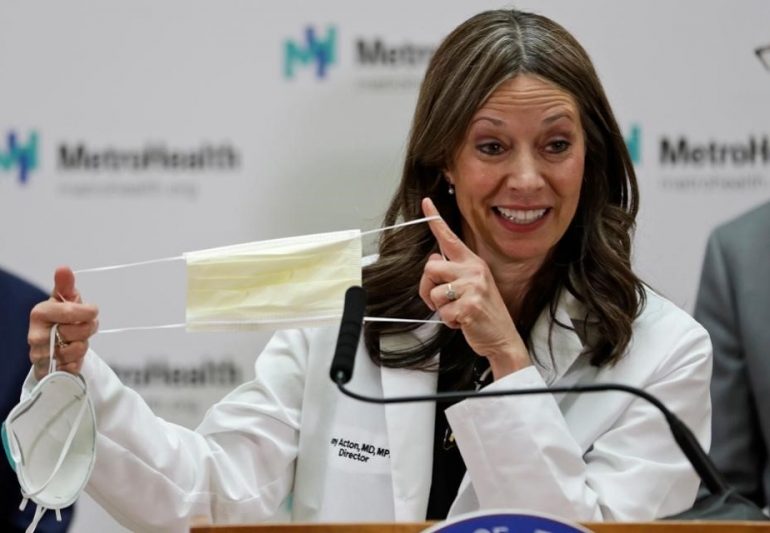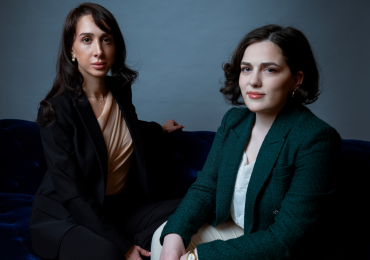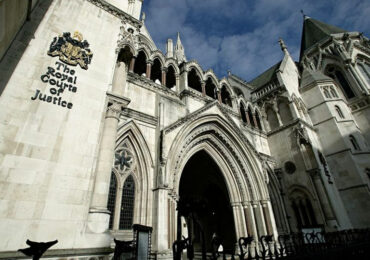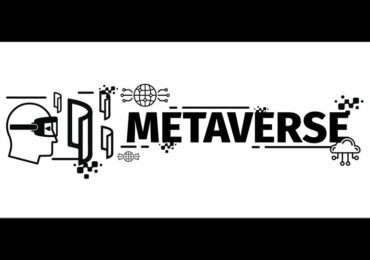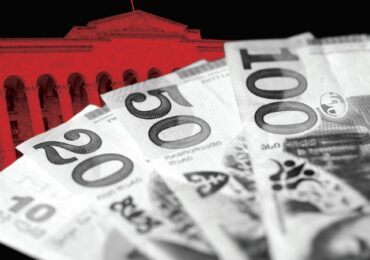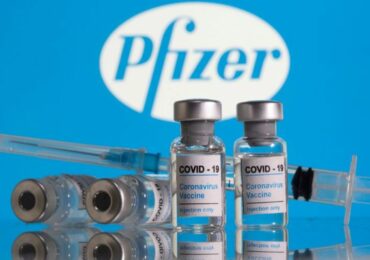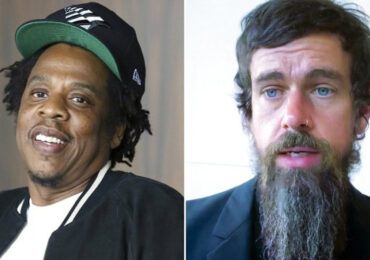Community transmission of COVID-19, the disease caused by the new coronavirus, has officially begun in the U.S., with two cases in California and one in Oregon of unknown origin. The first COVID death was reported Saturday, Feb. 29, in Seattle. The natural human response to a strange, new disease making its way to a neighborhood near you is to feel anxiety and want to DO SOMETHING. That’s why many people have been buying up and stockpiling masks. But even if you could buy any in the midst of global shortages, should you?
No.
And if you already have masks, should you wear them when you’re out?
No.
Even if there are COVID cases in your community?
Even if there are cases next door, the answer is no, you do NOT need to get or wear any face masks – surgical masks, “N95 masks,” respirator masks, or anything else – to protect yourself against the coronavirus. Not only do you not need them, you shouldn’t wear them, according to infection prevention specialist Eli Perencevich, MD, a professor of medicine and epidemiology at the University of Iowa’s College of Medicine.
“The average healthy person does not need to have a mask, and they shouldn’t be wearing masks,” Dr. Perencevich said. “There’s no evidence that wearing masks on healthy people will protect them. They wear them incorrectly, and they can increase the risk of infection because they’re touching their face more often.”
But even if you know what you’re doing and you tie your hands behind your back, you still don’t need to wear a mask.
Only Wear A Mask If You’re Sick
First of all, most people buying masks are not getting one that stops the virus from reaching their mouth or nose anyway. The coronavirus is transmitted through droplets, not through the air. That means you cannot randomly breathe it in, but it also means the standard surgical mask you see people wearing will not help. Those masks are designed to keep droplets in—not to keep them out—and are intended to keep the wearer from getting others sick.
“The one time you would want a mask is if you’re sick and you have to leave the house,” Dr. Perencevich said. “If you have the flu or think you have COVID, that’s when you’d put on a mask to protect others. In your house, if you feel like you’re sick, you should wear a mask to protect your family members.”
ETA 3/1/20: If you are caring for someone with COVID in your home, it is wise to wear a mask when in close proximity to that person, who should also wear a mask, Dr. Perencevich said. Consult a healthcare provider for the correct way to wear and dispose of the mask, or consult this excellent explainer from the World Health Organization. For those concerned about being able to get a mask if you or a household member becomes ill with COVID, the emergency department or clinic where you are diagnosed should them to you. The sick individual should ask for one immediately upon arriving at the healthcare facility.
[ETA 3/1/20: There has been some question about whether this coronavirus is “airborne” and what that means. The virus is not airborne using the scientific definition used for pathogens such as tuberculosis or measles. Droplets might become aerosolized for some viruses, but there is not yet evidence showing that this coronavirus can be breathed in when a nearby infected individual exhales. Most research into this question focuses on influenza, such as this 2018 study suggesting the flu virus can be aerosolized in exhalations without coughing or sneezing. This evidence is preliminary, and it remains an open scientific question whether (and which) droplet-based respiratory viruses are transmitted this way. So far, all documented transmission for COVID cases has involved droplets.]
What Does Keep The Virus Out?
The type of face covering that reduces exposure to airborne particles – including protecting the wearer from viruses and bacteria – is called a respirator. The type of personal protection equipment (PPE) that healthcare workers wear when treating someone with a serious contagious disease is a medical respirator.
As 3M, a major manufacturer of masks and respirators, explains, medical respirators do both: they protect the wearer from getting sick and protect the patient from the wearer’s germs. That’s where the confusion in terms – using “mask” and “respirator” interchangeably – often comes from. From here on in this article, assume “mask” refers to a respirator.
These medical respirators/masks must have an efficiency rating of “N95,” “FFP2,” or a similar rating that refers to how many particles – and of what size – can’t get through. The CDC has a webpage listing all the approved respirators for personal protection.
Disposable medical respirators can resemble standard surgical masks but must be thrown away after one use because they become contaminated with the particles they’re filtering out. Reusable respirators, which use replaceable filters, are the ones that make you look like a giant insect.
Here’s How To Actually Protect Yourself From COVID-19
You’ve heard it over and over, already, but the best way to protect yourself from the coronavirus really, truly, honestly is to regularly wash your hands with soap and water. Karen Fleming, PhD, a professor in biophysics at Johns Hopkins University, explained on Twitter why: “Coronavirus is an ‘enveloped’ virus, which means that it has an outer lipid membrane layer,” an outer layer of fat. “Washing your hands with soap and water has the ability to ‘dissolve’ this greasy fatty layer and kill the virus,” she said.
Wash your hands before and after eating and try to train yourself not to touch your face, “especially your mouth and nose,” Dr. Perencevich said. Also carry around hand sanitizer in case you can’t get to soap and water after touching your face or another germ-laden surface (like doorknobs).
“Just because it’s a respiratory virus doesn’t mean it gets into your body through breathing,” he said. “It can enter when your contaminated hands touch your mouth or face. So wash your hands, and don’t touch your mouth or face without washing your hands first.”
You can also protect yourself through social distancing: If you see someone coughing or sneezing or otherwise looking sick, stay at least three feet away from them since that’s as far as most droplets will travel.
What If I’m Immune-Compromised Or Traveling To Infected Areas?
If you are immune-compromised or otherwise at high risk for complications from coronavirus – which means you’re already at high risk for flu complications—you need to talk to your doctor about whether it’s necessary to wear a medical respirator in public, Dr. Perencevich said. Similarly, if you’re traveling to an area with known widespread transmission, consult a travel clinic. Even in these cases, however, social distancing and washing your hands frequently are your most important and effective protection tools.
Here’s What You Should Do To Prepare For COVID-19
So you shouldn’t be buying masks, but there are things you can do to prepare for an outbreak in your city. First, make sure you have at least 3-4 weeks’ worth of any medications you need “so you don’t have to run out and get it at a certain time,” Dr. Perencevich said.
Similarly, have enough necessities, including food and anything you cannot live without, on hand if school is cancelled for several weeks and the kids are at home. You don’t have to stockpile food, but being prepared for any kind of emergency – not just a disease outbreak but also unexpected severe weather and similar events – means having enough food and water (one gallon per person per day) on hand for three days along with supplies to use in the case of power outages.
Source: Forbes.com


